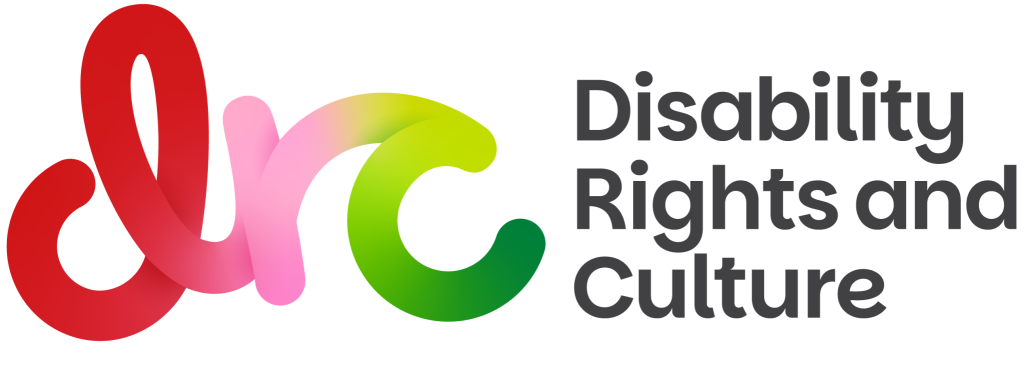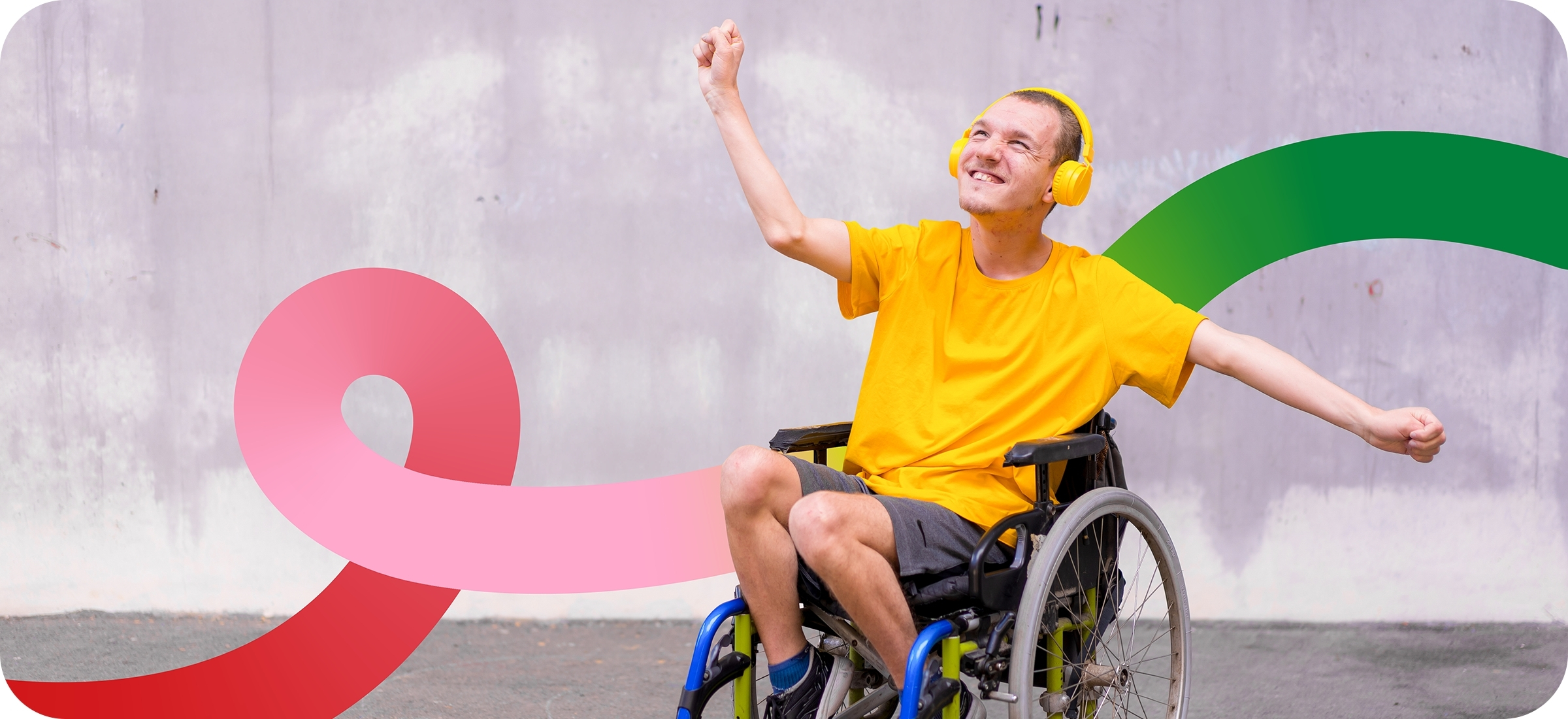What does Disability Pride mean to you?
We live in a world that mostly sees disability through a medical lens. This way of thinking treats disability as a problem — something to fix, treat or manage. But people are not problems. We are all different, we are all valuable, and we all need support.
Disability isn’t something located in our bodies or minds — it’s created by the barriers and structures of society. It’s the systems, policies, environments and attitudes that exclude, limit and devalue us. This is ableism — a belief system that treats non-disabled ways of being as normal and superior, whilst seeing disabled people as lesser. That’s why we talk about the social model of disability — because it helps us name the real source of the problem.
Practising Disability Pride is one way we reclaim our worth and push back against ableism. There are many ways to practice. It can be quiet and personal or loud and political. For some it’s about being visible. For others it’s just about feeling OK in your own skin.
Whatever it looks like, we all need to practice. Because every disabled person, at some point, has internalised the ableism that surrounds us. It’s in the way we move through the world. It’s in the shame we’re made to feel. It’s in the ways we’ve learned to apologise for who we are. But that shame? It doesn’t belong to us. That shame is misplaced. It was never ours to carry.
Disability Culture grows from our shared experiences of exclusion and resistance, survival and celebration. It’s found in the stories we tell, the ways we care for each other, the art we make, and the spaces we create to feel safe, free and truly ourselves. It includes our humour, our language, our politics, our extraordinary ability to problem solve, and our commitment to justice.
Our culture is shaped by the brilliance and diversity of our community — across race, gender, age, class, sexuality, and every kind of body and mind. We come from different places and live different lives, but we share a fierce belief that disability is not a problem to be solved.
Disability Pride reminds us: we are not broken. The world is. And we deserve to take up space, just as we are.
It’s about being proud — not in spite of who we are, but because of it.


